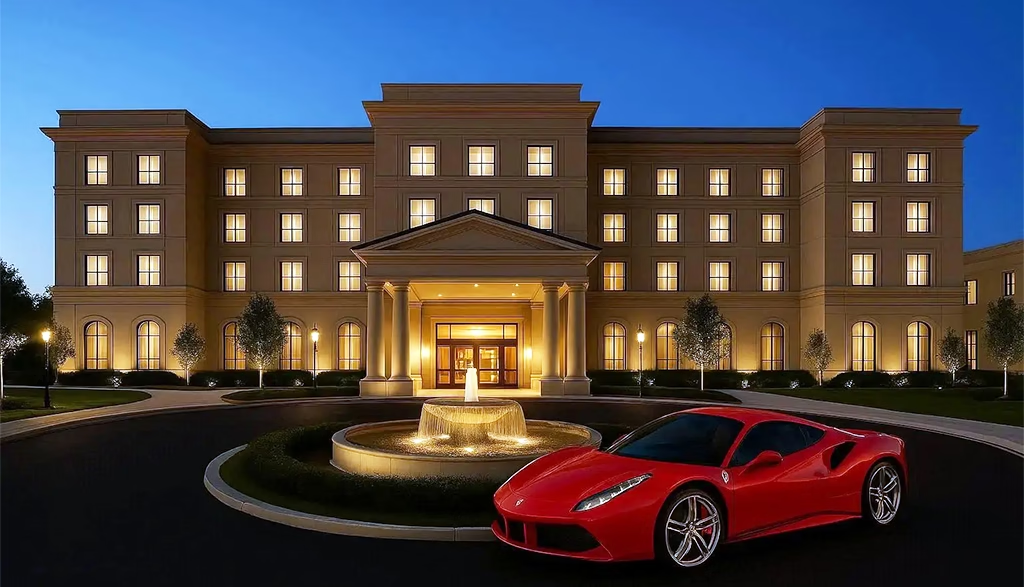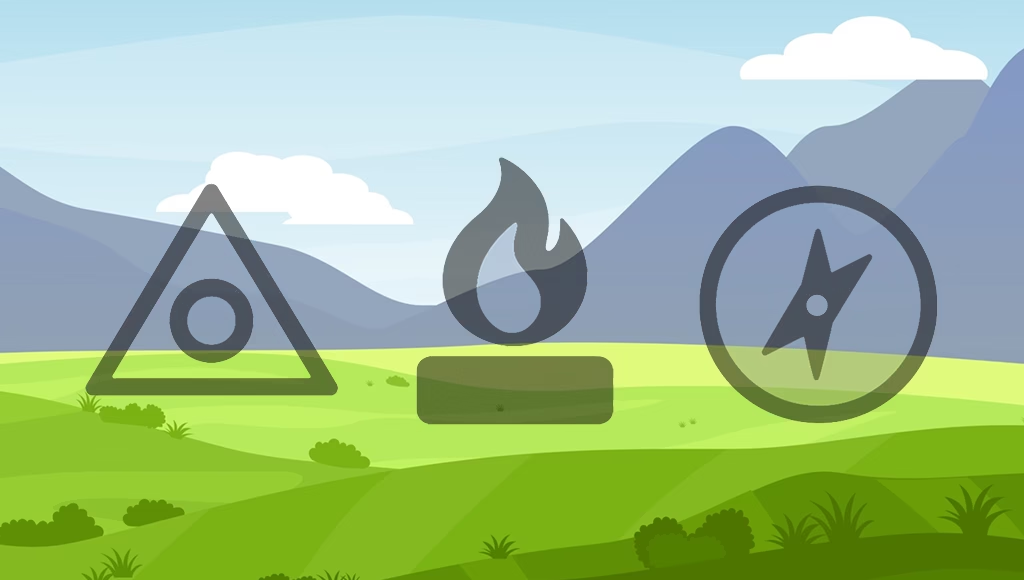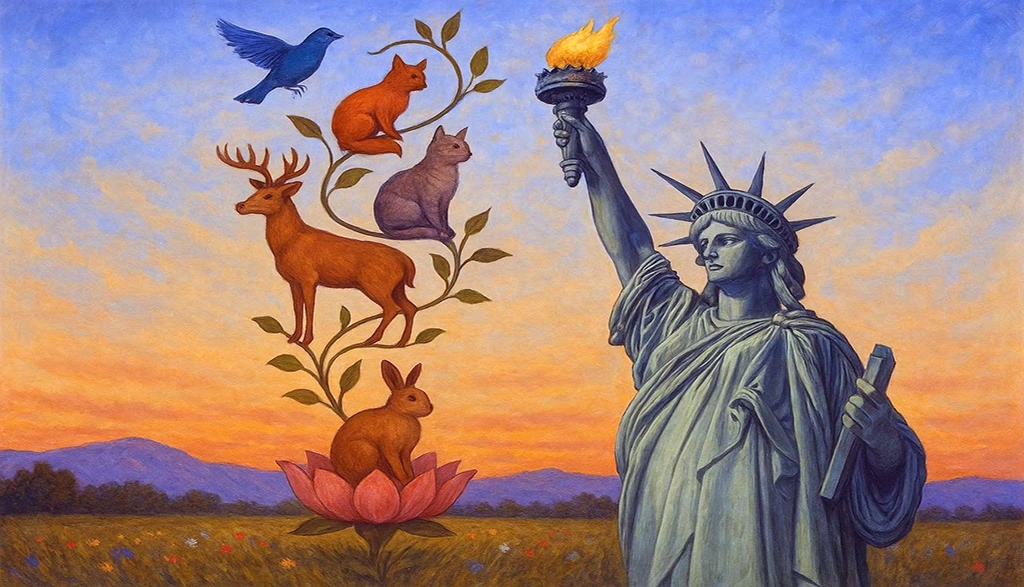Reading Time: 2 minutes
Content
“Stereotypes shrink human identity into quick labels, often missing the depth, struggle, and brilliance behind each person’s story.” – Dr. Joseph Nolberts
Introduction: Breaking Free from Stereotypes
Sadly, stereotypes are simplified labels that limit how we see people. They often come from history or culture, but they distort reality. When we rely on them, we lose empathy and block understanding. Removing stereotypes isn’t just the right thing to do—it helps us connect, create, and grow as a society.
Challenging stereotypes opens the door to new stories and ideas. It helps us build communities where people are valued for who they are—not judged by race, gender, age, or background. This leads to deeper relationships and stronger collaboration.
Examples of Harmful Stereotypes
“All Anticommunists Are Heartless”
Opposition to authoritarianism, including anticommunism, often comes from real experiences with injustice. Labeling anticommunists as heartless ignores these deeper reasons. It oversimplifies complex beliefs and reshapes history unfairly. This stereotype can limit where people live or work. It pushes them into spaces dominated by conservative norms, narrowing their choices.
“Older People Are Senile”
Saying older adults are senile is both false and harmful. It reduces aging to decline and ignores their strengths. Many older people stay sharp, engaged, and insightful. Senility is a medical condition—not a natural result of aging. When we confuse the two, we spread damaging myths.
These ideas also exclude older adults from social and professional spaces. That limits mentoring and shared learning. Worse, believing these stereotypes can hurt their mental health. Stress and low confidence can weaken their thinking, creating a cycle of decline.
Risks of Stereotypes
Stereotypes feel like mental shortcuts. But they come at a cost. Here are key risks:
For Individuals
- Hidden Identity: People may feel pressure to hide who they are.
- Limited Growth: Negative labels can reduce confidence and ambition.
- Emotional Damage: Misjudgment can lead to anxiety and isolation.
On Society
- Loss of Empathy: Stereotypes replace understanding with assumptions.
- Division: Simplified views create conflict and prejudice.
- Inequality: Stereotypes feed into systemic bias in jobs, education, and justice.
On Creativity and Thought
- Narrow Vision: Fixed views block openness and curiosity.
- Missed Potential: Diverse talents are ignored or undervalued.
Breaking the Cycle of Stereotyping
Start with Education
Ending stereotypes begins with how we teach children. We need to help young minds form opinions through dialogue—not guesswork. Children should learn to ask questions, listen, and observe with care. That builds empathy and respect. When they understand others’ choices and cultures, they see human diversity as a strength.
Conclusion: Building a More Open World
Stereotypes begin as quick judgments. But they cause lasting harm. They weaken empathy, limit opportunities, and misrepresent people. From unfair views on anticommunists to myths about aging, these ideas fail to reflect real human complexity.
We must act—at home, in schools, at work, and in our communities. It starts with open conversation and thoughtful listening. When we let go of labels and focus on people’s true selves, we build a better society. We unlock ideas, celebrate differences, and create space for everyone to thrive.
References
Stereotype Threat and Undergraduate Writing Performance | Academic Commons




